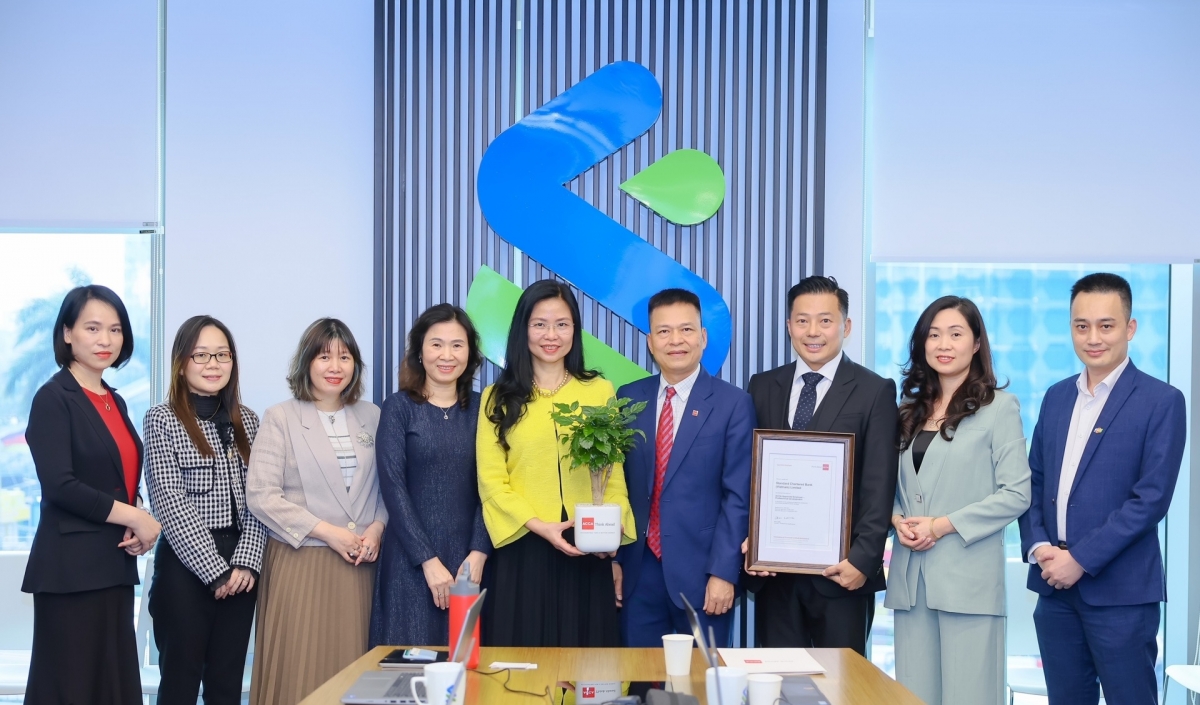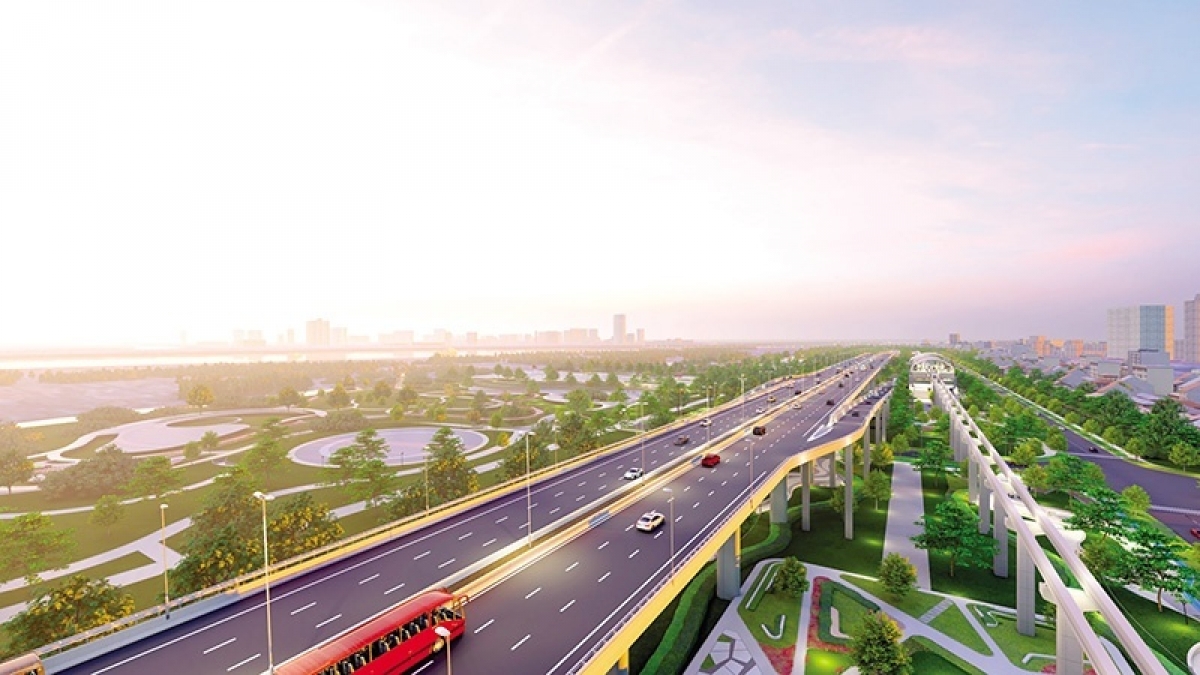INTERNATIONAL INVESTMENT
AND PORTAL
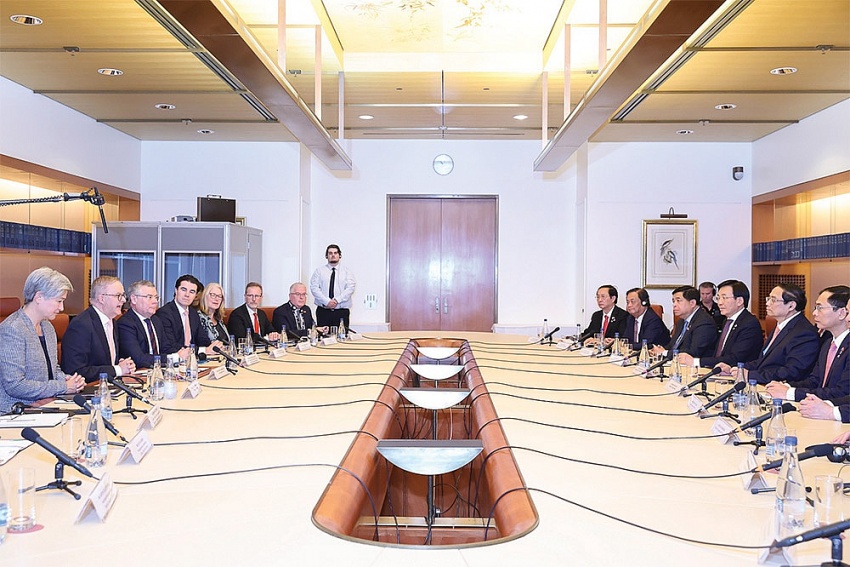 PM Pham Minh Chinh (second from right) held talks with Australian counterpart Anthony Albanese (second from left), raising both nations’ ties to a comprehensive strategic partnership, Photo: Nhat Bac
PM Pham Minh Chinh (second from right) held talks with Australian counterpart Anthony Albanese (second from left), raising both nations’ ties to a comprehensive strategic partnership, Photo: Nhat Bac
During Prime Minister Pham Minh Chinh’s visit to Australia last week, he and Australian counterpart Anthony Albanese lifted their strategic partnership to a comprehensive strategic one, meaning more favourable mechanisms will be crafted for bilateral ties.
“We expect that the new cooperation framework will help the two countries forge bigger political trust, higher economic-trade-investment cooperation, and stronger sci-tech and innovation ties, increase education and training cooperation, and create a rise in labour opportunities,” stated PM Chinh.
“Both governments will continue the best conditions for these sectors. Vietnam will protect legitimate rights and benefits of all businesses and investors, while continuing to implement administrative reforms and reduce compliance costs for investors,” he continued.
According to a joint statement released during the visit, the two countries “will promote market access and trade facilitation measures for both countries, including in agriculture, fisheries and forestry” and they confirm their commitment to “enhanced labour mobility, including through access for Vietnamese citizens to work in Australia and Australian citizens to work in Vietnam.”
Both sides also pledged to promote a transparent business and regulatory environment, including to support investment and sustainable financing through capital markets and other mechanisms.
“We commit to further strengthening our agricultural partnership by enhancing trade and investment, co-operating on shared regional challenges and promoting technical, research collaboration and capacity development initiatives that support more competitive, resilient and sustainable agriculture, fisheries and forestry sectors,” read the statement.
Bilateral trade between Vietnam and Australia hit $13.8 billion last year, down from $15.7 billion in 2022. Australia is now the seventh-largest trade partner of Vietnam, which is the 10th largest trade partner of Australia. The achievement is largely ascribed to the Comprehensive and Progressive Agreement for Trans-Pacific Partnership, the Regional Comprehensive Economic Partnership, and the new ASEAN-Australia-New Zealand Free Trade Agreement (AANZFTA).
According to the Australian government’s Enhanced Economic Engagement Strategy report released last year, the Vietnamese market is attractive to Australian companies.
The report stated that, having achieved lower middle-income status in 2010, more than half of Vietnam’s population is expected to join the global middle class by 2035, with real GDP per capita projected to grow at 4.5 per cent annually by 2030.
“Vietnam’s economy attracts strong domestic and foreign investment flows. Its rapid industrialisation, geographic proximity to rapidly growing economies, and embrace of trade liberalisation has led Vietnam to become one of the most trade intensive economies in the world,” the report read.
Australian investment is concentrated mainly in manufacturing and processing industries, food services, and agro-forestry-fisheries. Major Australian investors in Vietnam include Blackstone Minerals, CBH Group, Austal, BlueScope Steel, RMIT University, LOGOS, Mavin Group, SunRice, and Linfox.
Vietnamese businesses are also increasing investment in Australia’s agricultural sector. For example, since 2019, TH Group has conducted large-scale agricultural investment in Australia by acquiring and developing three cattle farms in Northern and Western Australia with an investment of about $88 million.
At present, the farms cover 775,000 hectares in total and include 62,000 cattle, supplying beef to the Australian market and exporting to many other countries. TH has also expanded the farm’s capacity with increased profits, and contributions to promoting local economic development. With this project, TH is currently the largest Vietnamese businesses in Australia.
As of February 20, Vietnam was home to over $2 billion in registered capital for 631 Australian projects, according to Vietnam’s Ministry of Planning and Investment.
Last week, Vietjet also announced a new air route, to be inaugurated in June, connecting Hanoi and Melbourne, helping to salve growing travel demand between both nations.
Meanwhile, during an official visit to New Zealand last week, PM Chinh met with leaders and suggested that their bilateral strategic partnership be intensified, pointing to the effective implementation of an action plan for 2021-2024. A new plan should be negotiated for the new upcoming period, PM Chinh added.
He also suggested that both nations further boost ties thanks to various trade pacts, with commitments to open up markets for their respective goods, including agricultural products, in which efforts are to be made to reach $2 billion in bilateral trade this year – up from $1.3 billion last year.
Both countries also laid a focus of bilateral cooperation on labour, education and training, and agriculture, especially in new technology in agriculture and measures to expand the import and export market of high-quality agricultural products.
“New Zealand is an important strategic partner of Vietnam in the South Pacific region,” said Do Hung Viet, Vietnamese Deputy Minister of Foreign Affairs. “Next year, we will celebrate 50 years of diplomatic relations with New Zealand, which has supported Vietnam in many areas such as education and training, gender equality, and development.”
As of February 20, Vietnam had $208.38 million in registered capital for 53 New Zealand projects.
Last August, a second protocol to amend the AANZFTA was inked to achieve tangible benefits from the upgraded deal. The AANZFTA took effect in 2010 and was first upgraded in 2015. The agreement covers an area with a population of over 650 million people and over $4.5 trillion in combined GDP. It is ASEAN’s highest-quality free trade agreement in terms of opening market access to trade in goods.
The upgraded deal will usher in new opportunities as parties to the deal have ensured it remains of high quality, responsive towards emerging challenges, takes into account modern trade practices, and remains commercially meaningful to businesses in the region, said the ASEAN Coordinating Council.
According to the ASEAN Secretariat, businesses benefit from the AANZFTA upgrade via improved transparency solutions; lower costs and time for exports and imports; use of technological solutions for trade; cooperation in digital technology, sustainable development, and education services; increased participation of micro, small, and medium enterprises in economic activities, including government procurement; and smoother flow of essential goods during periods of crises.
Australia and New Zealand’s tariff commitments for Vietnam
Since 2015, Australia has eliminated tariffs for about 97 per cent of tariff lines (only maintaining a tariff of less than 10 per cent for some products such as bamboo shoots, surgical threads, wood and wood products, iron and steel products, and fabrics).
Since 2015, New Zealand has removed tariffs for about 91 per cent of tariff lines (only maintaining tariffs of less than 10 per cent for some products such as cakes, sweets, cereal products, wood and wooden products, chemicals, components, auto parts, machinery, equipment, tools and spare parts, computers, electronic products, and components).
In 2022, both Australia and New Zealand eliminated all tariffs for goods from ASEAN countries.
Vietnam’s commitment
Since 2018, 86 per cent of tax lines in the tariff have been eliminated.
By 2022, 92 per cent of tariff lines were eliminated, including items such as livestock, pharmaceuticals, sugar, rice, wood, paper, chemicals, and cosmetics.
Eight per cent of the remaining tax lines will be reduced according to a separate schedule or maintained at the same rate (for example, goods such as some fruit, alcohol, cigars, petroleum, tobacco leaves, and steel products).Source: ASEAN-Australia-New Zealand Free Trade Area.
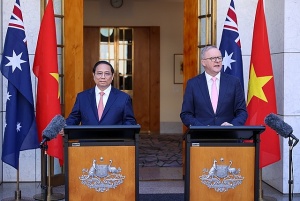 Australia and Vietnam upgrades ties to a comprehensive strategic partnership
Australia and Vietnam upgrades ties to a comprehensive strategic partnership
Prime Minister of Australia Anthony Albanese and Vietnamese Prime Minister Pham Minh Chinh announced a major upgrade of the Australia – Vietnam relationship on March 5 to a comprehensive strategic partnership.
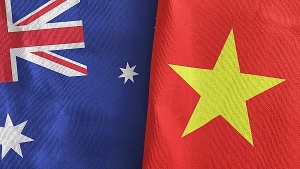 Vietnam and Australia to enhance engagement under comprehensive strategic partnership
Vietnam and Australia to enhance engagement under comprehensive strategic partnership
Enhancing economic engagement is highlighted as Australia and Vietnam upgrade relations to a comprehensive strategic partnership.
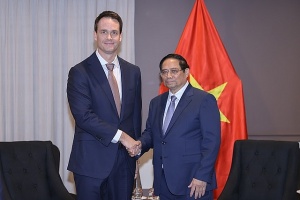 Australia's largest rice producer eyes expansion in Vietnam
Australia's largest rice producer eyes expansion in Vietnam
Australia's largest rice distributor and producer SunRice, which accounts for over 90 per cent of the Australian rice market, plans to expand its footprint in Vietnam.


